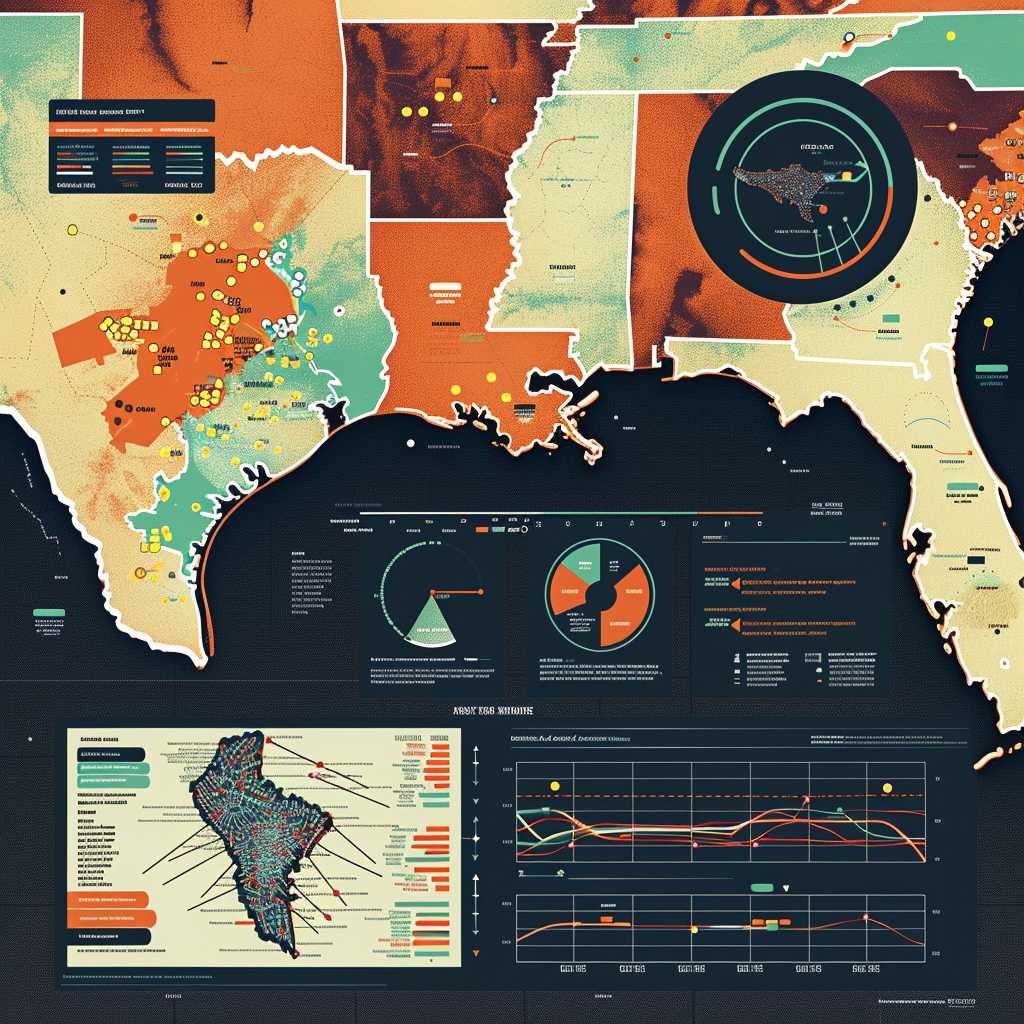The Landscape of Texas Politics: An In-Depth Look at Recent Election Results
The state of Texas, long seen as a stronghold for the Republican party in American politics, has demonstrated through its election results a complex and ever-evolving political landscape. With an increasing population, demographic shifts, and changing political sentiments, election outcomes in Texas provide insights into the broader trends of American politics. This article meticulously details the outcomes of recent elections in Texas, analyzes shifts in voter behavior and demographics, and discusses the implications for future elections both within the state and on a national level.
Historical Context: The Republican Dominance in Texas Politics
To understand recent election results, it’s important to appreciate the historical political context of Texas. For decades, the Republican Party has maintained a significant presence in the state’s political arena, dominating statewide offices, and ensuring a republican majority in the state legislature. The GOP’s grip on Texas was strengthened from the 1980s into the early 21st century as conservative Democrats shifted allegiance. This bastion-like status influenced national politics, with Texas often being a significant contributor to the electoral college votes for Republican presidential candidates.
Recent Trends in Texas Elections
However, recent elections have seen a gradual shift in voting patterns within Texas. Analysts point to several factors influencing this including demographic changes with an influx of new residents from more traditionally Democratic states, urbanization of areas like Houston, Dallas, Austin, and San Antonio, and an energized Democratic base motivated by national issues.
The 2020 Presidential Elections in Texas
In the 2020 presidential election, while Republican candidate Donald Trump won the state of Texas against Democratic candidate Joe Biden, his margin of victory was narrower than seen in previous decades. Trump secured approximately 52% of the vote to Biden’s 46% – a significantly smaller gap compared to 2016 when Trump won 52% to Hillary Clinton’s 43%. These results fuel discussions about whether Texas is shifting from a ‘safe’ red state to a burgeoning battleground.
The 2022 Texas Gubernatorial Election
The latest high-profile electoral event was the 2022 gubernatorial race where incumbent Governor Greg Abbott (R) faced off against former Congressman Beto O’Rourke (D). Abbott’s victory with over 55% of the vote was indicative of continued Republican strength at the state level. However, voter turnout data showed that Democratic support grew in urban areas while shrinking in rural counties that had traditionally leaned strongly Republican.
Implications for Future Elections
These evolving trends in Texas elections bear significant implications for both state and federal-level politics. With its substantial electoral votes and potential shift toward purple state status, Texas remains critical for presidential contenders. State and local races illustrate increasing competition between Democrats and Republicans, suggesting that both parties will need to work harder to secure votes across diverse demographics.
Analysis of Demographic and Voter Behavior Shifts
Despite republican victories in recent statewide elections, closer analysis reveals important shifts occurring that may influence future outcomes. Urban counties are becoming centers of democratic support as they diversify and grow economically. Meanwhile, younger voters and minority groups are turning out at higher rates and could sculpt a new political atmosphere if these trends continue. Understanding why these shifts are happening is vital for strategists looking toward the next campaign cycles.
Registering the Rise: Sizing Up Turnout Numbers across the State
A striking development noted in recent elections is increased voter registration and participation across Texas—with a notable spike during the hotly contested races. This increased engagement indicates a robust democratic process but also adds complexity to campaign strategies as public opinion becomes more mercurial.
Challenges Confronting Electoral Predictions
Making future electoral predictions based on current results has grown challenging due to these shifts. Experts remain divided over whether Texas’s evolving political climate will result substantial changes or whether Republican control will stabilize once more.
Conclusion: A Balancing Act Ahead
Texas’ election results denote more than mere victory panels for respective parties; they represent underlying currents set to define Texan and American politics ahead. As such, careful consideration must be given to understanding these outcomes within broader political dynamics.
